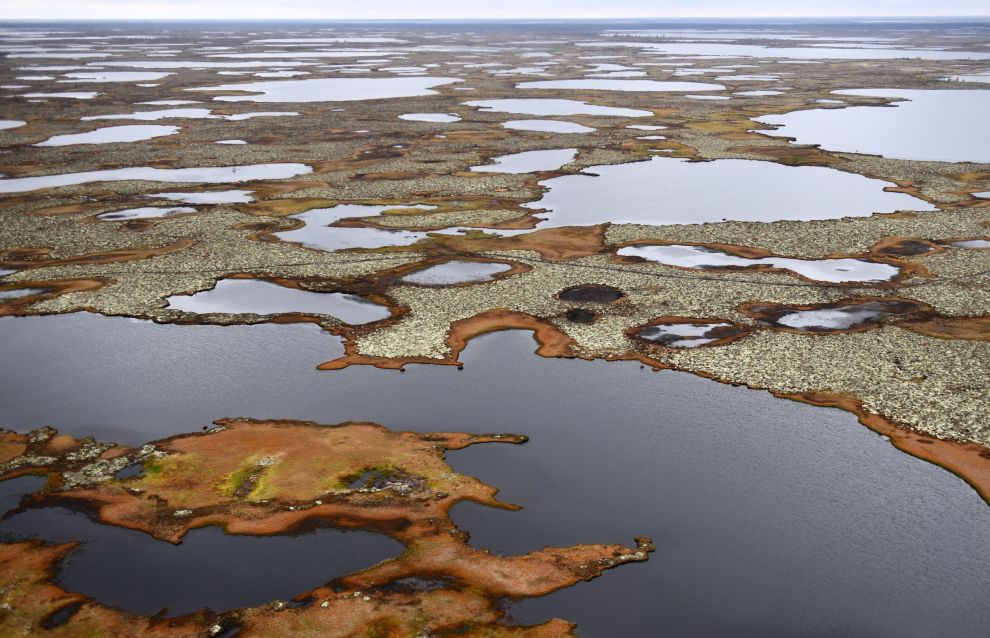Frozen Arctic swamps a possible methane hazard
Scientists from Tomsk State University have embarked on a study of hilly Siberian and Arctic swamps. The experts believe that a transformation of these ecosystems can cause large-scale natural upheavals, including methane discharges into the atmosphere. This process can also disrupt river flows and the biogeochemical composition of river water.
“The changing climate is transforming the environment and expediting processes that could lead to large-scale natural upheavals. For example, permafrost layers are melting faster, and this can release climatically active gases, mostly methane, from frozen swamps. This is particularly true of swamps located along the southern boundary of the cryolithic zone,” said project manager Tatiana Raudina, a senior research associate with Tomsk University’s Bio-Geo-Climate Laboratory.
Researchers will work in two sections of frozen swamps in hilly areas of the Yamal-Nenets Autonomous Area. They will use tacheometers and photogrammeters to record the local terrain; these systems will show the slightest changes in swamp micro-landscapes and their heterogeneity.
Researchers also plan to place salt markers (NaCl) in the swamps to evaluate the contribution of their micro-topography to carbon flows from the frozen swamps into waterbodies.
“The use of conservative salt tracers will help study water flows, including the speed and direction, depending on a given sector’s heterogeneity, the structure of peat deposits, precipitation volumes and the level of swamp waters. This will help us understand how various micro-terrain elements and the peat structure control the nature and extent of intra-soil water flows and the transfer of dissolved substances,” the university’s press service explained.
Expert data will make it possible to predict changes in swamp ecosystems during the climate’s transformation.
